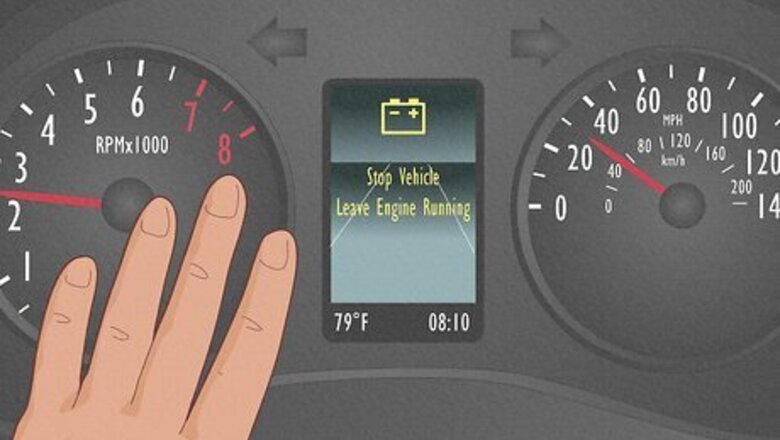
views
- The “Stop Vehicle Leave Engine Running” message means your vehicle’s battery has dropped below 12 volts and that there’s a problem with the charging system.
- Stop your vehicle in a safe area and turn off any electronics. Leave your engine running for 10–30 minutes until the message disappears.
- If the message remains, check the battery, alternator, and wiring in your vehicle and have them replaced if they’re old or damaged.
What does “Stop Vehicle Leave Engine Running” mean?
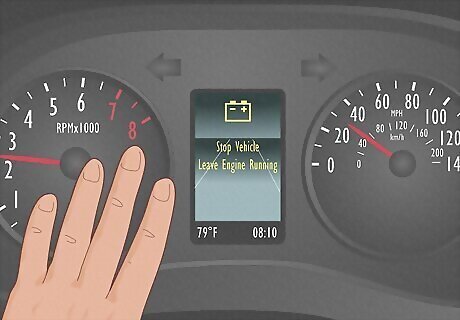
The warning message signals your battery has low voltage. If the battery in your Mercedes-Benz drops below 12 volts, then the message may appear on your dashboard. This usually means that the battery doesn’t have enough power to start your vehicle and isn’t getting properly charged. The “Stop Vehicle Leave Engine Running” message appears on Mercedes-Benz models made after 2015, including the C180, C250, C43 AMG, C200, E300, GLC300, and C300. The Fix: When you see the “Stop Vehicle Leave Engine Running” warning, find a safe place to pull over and stop your vehicle. Turn off your lights, AC, and anything else drawing power. Leave your engine running for about 10–30 minutes until the message disappears. Is it safe to drive?: Continuing to drive with the warning message could lead to engine damage, so it’s best to stop until the message disappears.
Causes and Fixes for “Stop Vehicle Leave Engine Running”
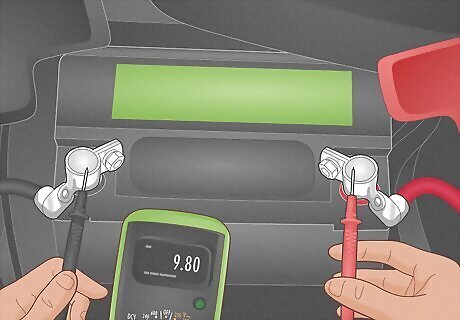
Old or failing battery As car batteries get older, they aren’t able to hold a charge as effectively. When either the main or the auxiliary battery in your vehicle fails, the “Stop Vehicle Leave Engine Running” warning may appear on your dashboard. Diagnosis: Inspect the battery for damage or leaks. Test the battery with a multimeter by touching the positive and negative probes to the matching terminals. If the battery is around 12.6 V, start your vehicle and test the battery again. If the reading drops below 10 V, then the battery is bad. The Fix: Replace the old battery. Batteries vary in price depending on the size and power, but they usually cost between $50–250 USD. Mercedes batteries usually last around 3–5 years before you need to replace them.
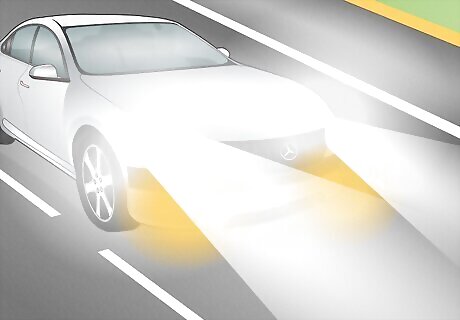
Excessive lighting and accessory usage When you turn on your headlights or interior lights, or when you plug multiple chargers and accessories into your vehicle, it draws power from the battery. If you drain too much power, then the warning message will show up. Diagnosis: Charge your car battery. Unplug chargers, turn off the radio, shut off any lights in your car, and start driving. If the message doesn’t reappear, then the accessories may be the issue. The Fix: Only plug in accessories and turn on your lights when the engine is running. Unplug any chargers you aren’t using. Try to avoid using the radio and other electronics during shorter drives.
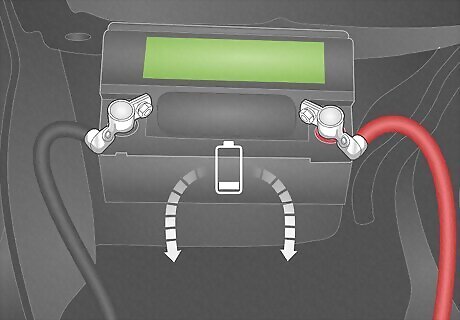
Parasitic power drain A parasitic drain is when a faulty electrical component in your vehicle slowly draws power when it’s not supposed to. Because the drain takes power from your battery, it could trigger the “Stop Vehicle Leave Engine Running” error. Diagnosis: Unplug any devices and make sure lights are turned off before charging your battery completely. Locate the parasitic drain by testing the battery with a multimeter while removing one fuse at a time from the fuse box. If the voltage drops significantly after pulling a fuse, the circuit is the source of the drain. The Fix: After figuring out the circuit causing the problem, have your vehicle inspected by a professional mechanic because any part along the circuit could be the issue.
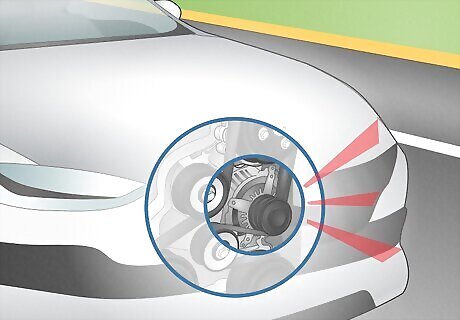
Defective alternator The alternator connects to your engine and charges your battery while your vehicle is running. When the alternator doesn’t have a solid connection to your engine or battery, then the error message can appear on your dash. Diagnosis: If you have difficulty starting your engine, smell burning wires, hear a whining noise, or have trouble working other electronics, then the alternator is most likely the culprit. The Fix: Have a mechanic replace the alternator. If you’re confident working on your own vehicle, disconnect the battery and change the alternator yourself.
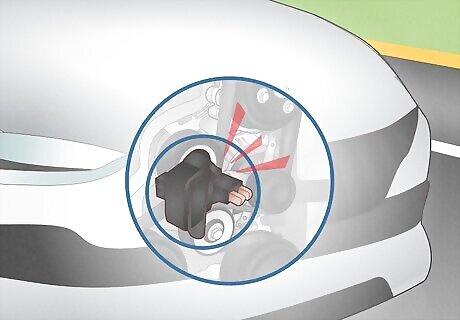
Bad voltage regulator The voltage regulator is a piece that connects to the alternator to limit how many volts it produces. When the voltage regulator breaks or starts malfunctioning, it can trigger the “Stop Vehicle Leave Engine Running” message. Diagnosis: Listen for misfiring and stalling when you drive your car. If the error message appears right when you start your vehicle, then it could be the voltage regulator. The Fix: Because the voltage regulator is usually located inside your vehicle’s alternator, have a mechanic replace the entire alternator.
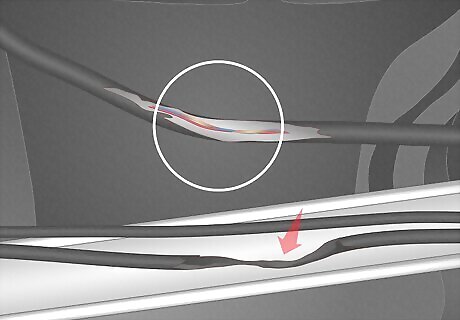
Loose or faulty wiring If electrical wires are old or corroded, they may not be able to form a solid connection to your battery. When any of these connections fail, the warning light may illuminate on your dashboard. Diagnosis: Inspect any visible wires for damage or corrosion. Hold the probes of a multimeter against the ends of any suspect wires and test for resistance. If the resistance is greater than 1 ohm, then the wiring is bad. The Fix: Replace any faulty wires that you find. If you’re unable to find or replace the wires on your own, take your vehicle to a mechanic for repairs.
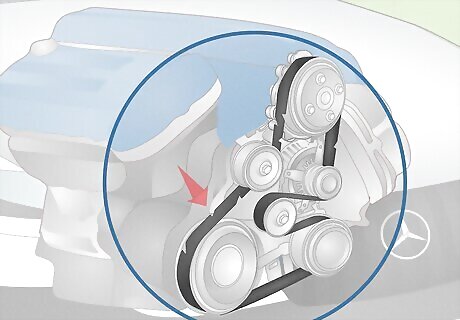
Damaged or slipped serpentine belt The serpentine belt connects to your engine and powers all the accessories in your vehicle, like the alternator and other electronics. If the belt slips off the pulleys or breaks, then it won’t provide enough power to your vehicle and cause an error message. Diagnosis: Look for your serpentine belt attached to the side of your engine. Check the condition of your serpentine belt for any cracks or damage. The Fix: Replace the damaged belt.
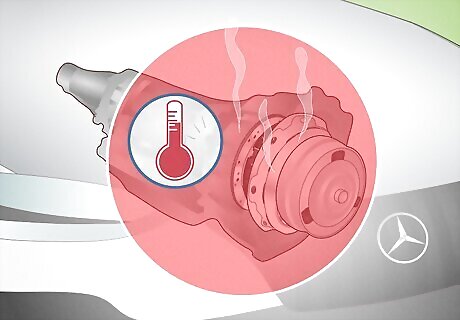
Overheated transmission Your transmission is responsible for shifting between gears, but it can cause problems if the fluid inside starts to overheat. When the fluid gets too warm, it can cause electronic malfunctions and display the “Stop Vehicle Leave Engine Running” message. Diagnosis: If you notice a burning smell, slipping gears, unusual noises, or a high transmission temperature gauge while you’re driving, then the transmission is typically the issue. The Fix: Add transmission fluid to top off the levels if they’re low. If you notice fluid leaking under your vehicle, take it to a professional to diagnose and repair it.
















Comments
0 comment